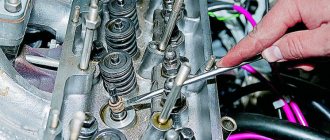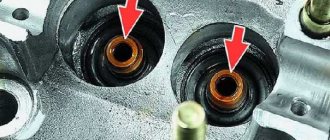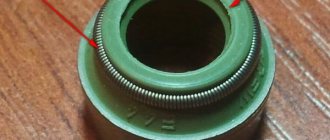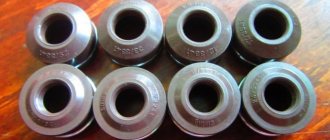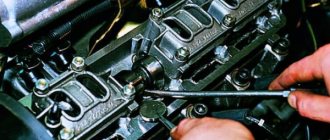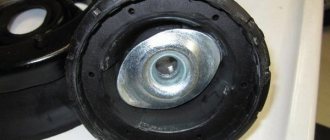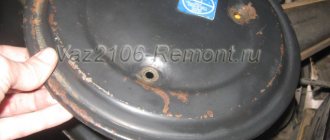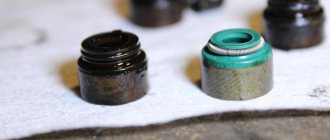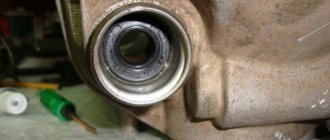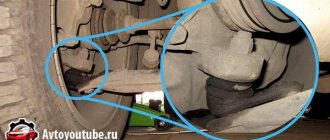Timing valve seals, better known as “oil seals,” prevent oil from entering the combustion chamber from the cylinder head when the valves are opened. Resource of these parts is approximately 100 thousand km., but with aggressive use, the use of low-quality fuels and lubricants and after a long period of engine downtime (more than a year), the oil seals wear out faster. As a result of wear of the seals oil enters the combustion chamber, due to which the engine loses power and operates unstably, oil consumption increases significantly.
We will tell you in this article how to determine the wear of valve seals and how to eliminate it.
Why are valve stem seals needed?
Valve stem seal – this is the name of this part. From its name it follows that it is installed on the valves in the gas distribution mechanism. The purpose of the caps is to prevent engine lubricant from entering the cylinder through an open valve. They look like rubber seals with compression springs.
The number of these parts is identical to the number of valves. When the valve opens the corresponding hole, it should be dry. But at the same time, due to constant friction, the rod must receive the necessary lubrication. Rubber bushings allow both effects to be achieved. Since they are made of elastic material, they wear out as a result of constant mechanical and thermal load, as well as exposure to engine oil.
The price of the "cracker" remover for Toyota, Volkswagen, Audi and the principle of its operation
An integral attribute of replacing valve stem seals on any engine, be it a Lexus or a VAZ, is the so-called desiccant. This is a proprietary or universal (suitable for engines of various brands) tool for clamping valve springs, without which it is not possible to carry out repairs. The principle of operation of the cracker remover is quite simple: the cracker is attached to the engine body with support points, using mechanical pressure on the plate, the valve return spring is clamped, which allows you to remove the crackers.
Experienced car owners recommend paying special attention to the safety of crackers, as they tend to get lost and also get inside the engine.
It should also be taken into account that universal pullers are often not so multi-tasking - some designs are suitable for engines with the ONV, ONC, HV layout, others are designed specifically for servicing Opel SOHC engines, etc. You should clarify this point before purchasing the tool.
Desiccant price:
- for overhead valve engines - from 3,500 rubles;
- for OHV, OHC, CHV engines – from 2000 rubles;
- a comprehensive set of tools for desiccation on Toyota Camry, Volkswagen Golf, Mitsubishi Lancer, etc. engines – RUB 20,000.
The desiccant, as in the photo, is an essential attribute of replacing valve stem seals on any engine.
How valve stem seals work
The valve stem seal can be made in two different designs:
- Cuff. It fits onto the valve stem and is inserted into its guide. She speaks from the cylinder head. They cost less (compared to the next modification) and can be quickly replaced. The only problem is that dismantling requires a special device.
- Valve seal. It is installed under the valve spring. This element secures the cap and also presses its edges, ensuring stable sealing of the head in this part. These parts are more reliable because they do not experience the same temperature loads as previous analogues. They are also not in direct contact with the guide sleeve, therefore the mechanical load on the cap is less. No special tools are required to replace such modifications. The disadvantage is the high price. If you buy a budget set of caps, you may end up with low-quality elements made from less stable material. Preference should be given to options made of acrylate or fluorine rubber.
In order for the gas distribution mechanism to work without premature wear of the rubbing parts, it must constantly contain motor lubricant (how the timing mechanism is designed and the principle of its operation is described in a separate article ). However, oil should not enter the cylinder cavity.
If the timing belt did not use valve stem seals, the lubricant would be mixed with fuel and air. In its pure form, VTS is removed from the cylinder without residue after combustion. If oil gets into its composition, then this product forms a large amount of soot after combustion. It accumulates on the valve seat. This leads to the fact that the valve no longer presses tightly against the head body, and, as a result, the tightness of the cylinder is lost.

